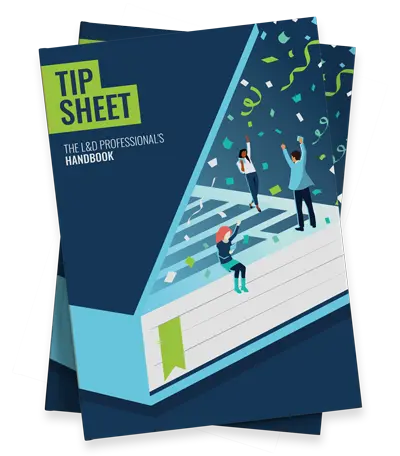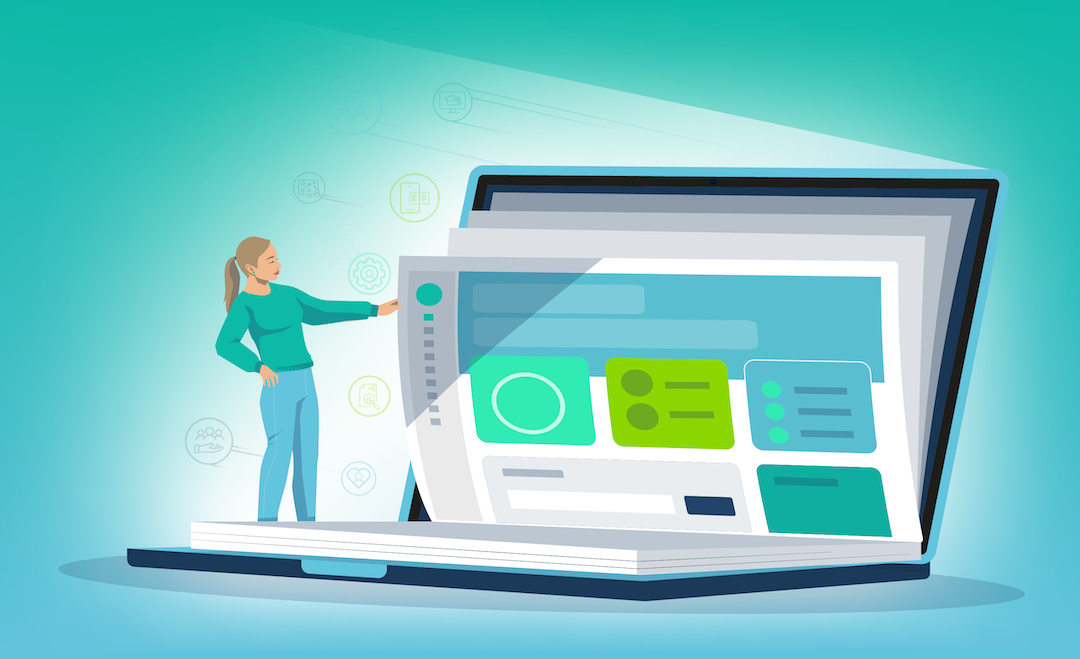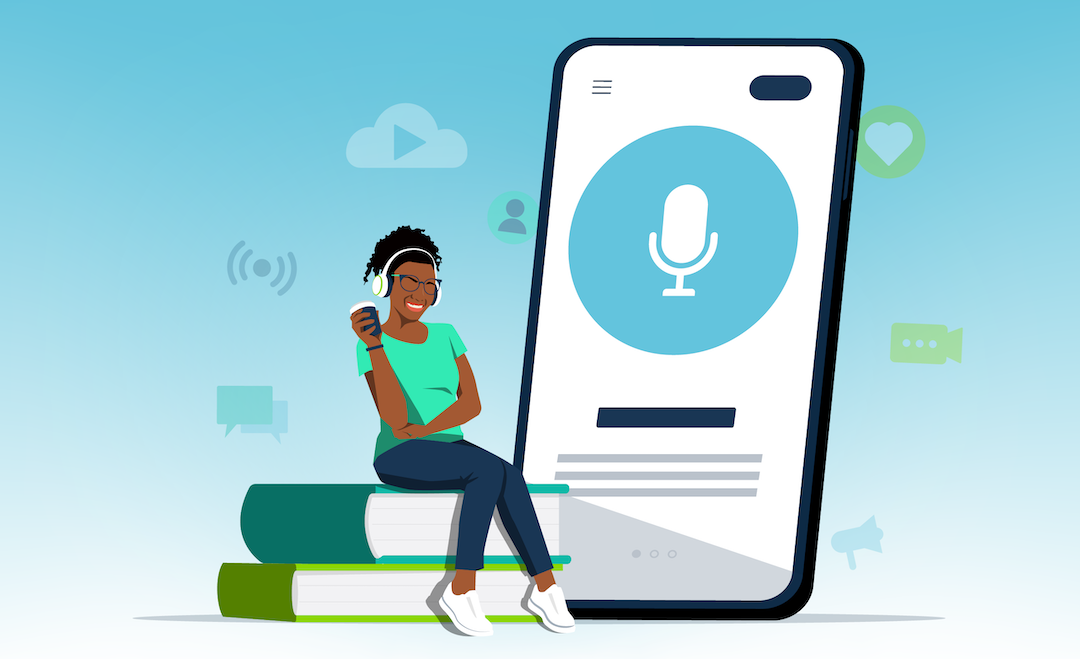
Employee coaching could well be your secret weapon. This process helps to unlock the potential of your team through effective goal-setting, feedback and support. It also offers your employees the personalised attention they richly deserve.
Imagine if your team members all had access to their own Ted Lasso — a coach who believes in their capabilities and helps them to strive for more. What kind of impact would this have on your organisation?
Just look at the role that coaches like Bill Campbell (aka. ‘The Trillion Dollar Coach’) had at organisations like Apple, Google, Amazon and Facebook. Good coaches have helped to shape the culture of some of the most successful companies in history.
In this article, we’ll be exploring how you can create your own organisational coaching programme. Prepare to level up your learning approach with Coach Growth as your trusted guide. It’s game time!
What is Coaching?
Coaching is a collaborative form of professional support, where a trained and experienced individual (the coach) helps a less experienced individual (the coachee) to enhance their performance, achieve their goals and realise their potential.
Coaches help their coachees to identify strengths and weaknesses, set and meet goals and solve specific problems. This is typically achieved through a structured approach using training, advice and feedback.
Whilst coaches may lack specific industry experience, they used tried and tested coaching techniques and methodologies to produce results. These frameworks help individuals and organisations to expand their capabilities and smash their targets.
As college football coach Hall of Famer, Bill McCartney puts it, ‘All coaching is, is taking a player [or employee] where he can’t take himself’.
Types of Coaches
When you think of coaches, perhaps you think of figures from the sporting world, such as Pep Guardiola, or influential life coaches like Tony Robbins. But coaches also play a key role in organisations and throughout learning and development efforts. For instance:
- Executive coaching: Executive coaches work with senior leaders to enhance their leadership skills, improve decision-making and help them to achieve their personal and professional goals.
- Performance coaching: Performance coaches work with individuals or teams to identify obstacles and implement strategies designed to improve performance and achieve specific goals.
- Career coaching: Career coaches help to support individuals throughout their career, providing guidance on goal-setting, skill development, finding new roles and overall career management.
Coaching vs Mentoring
While coaching and mentoring share similarities as forms of developmental support, they do play distinctive roles. As such, these two approaches shouldn’t be confused. Here are some of the key differences, as we see them:
- Scope: Coaches tend to have a narrower focus. They’re typically brought in to achieve certain goals, solve problems or improve performance. Mentors, on the other hand, strive to achieve holistic development for their mentee.
- Approach: As a coach, you can’t be an expert in everything. As such, you tend to rely on proven coaching techniques and methodologies. Mentors, on the other hand, usually have similar experiences and backgrounds to their mentees.
- Duration: Coaching relationships are often short and sweet. Once a goal or a task has been completed, the relationship may be concluded. Conversely, mentors tend to be in it for the long haul. They’re there to support mentees for as long as it takes.
As Fast Company puts it, ‘Coaching isn’t therapy. It’s product development, with you as the product’.
How Does Employee Coaching Fit Into Your L&D Strategy?
Learning and development (L&D) teams play a pivotal role in identifying and addressing skill gaps, facilitating knowledge transfer and managing change. Ultimately, they seek to enhance employee performance to deliver organisational goals and business impact.
Typically, this impact is achieved through customised training programmes (delivered either face-to-face or online) that address specific needs. However, there’s more than one way to peel a banana.
Coaching is a personalised approach to learning and development. It provides your employees with the guidance and support they need to navigate their career journey, achieve their goals and be a success within your organisation.
This one-on-one approach makes coaching a powerful tool. Whilst standard training roll-outs tend to follow a structured curriculum, coaching relationships are individualised, adaptable and goal-oriented.
As a result, coaching is often more expensive per employee, particularly if you’re using highly-skilled coaches. In fact, according to a recent report, only 14% of employers offer one-on-one coaching to their workforce.
On the other hand, being a part of this 14% could grant you a real competitive advantage.
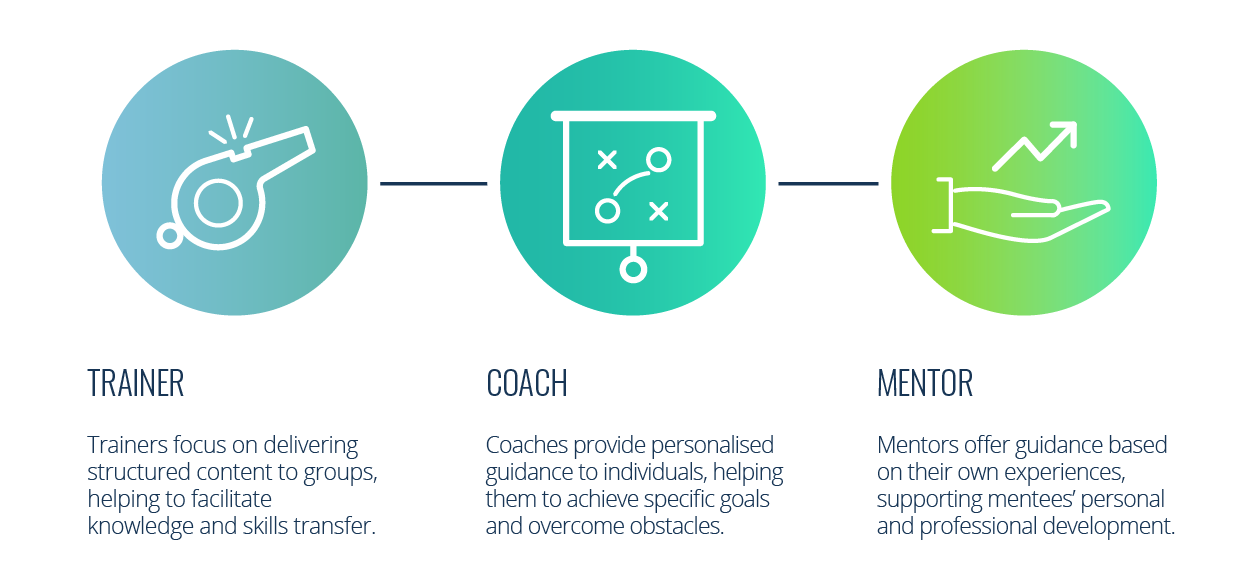
The Benefits of Coaching:
Employee coaching unlocks a series of benefits, both for individuals and organisations. Here are some of the key advantages.
- More Engagement: The right coaching approach can supercharge engagement levels. Did you know that employees who have meaningful discussions about their goals, strengths and weaknesses are 3.5x more likely to be engaged?
- Better Retention: Investing in an employee coaching programme is a signal of intent. It shows a real commitment to learning and development. This is important, as retention rates rise 30-50% for organisations with a strong learning culture.
- Higher Productivity: As we’ve seen, coaching drives higher levels of engagement and goal-based activity. As a result, training and coaching leads to an impressive 88% increase in productivity. This contrasts with a 23% boost from training alone.
- Improved Culture: According to a study by The Journal of Positive Psychology, coaching has a beneficial impact on organisational resilience, attitudes and well-being. Doesn’t that sound like a culture you’d like to be a part of?
- Increased Impact: According to a study from the International Society for Performance Improvement, coaching can generate a 221% return on investment (ROI). In fact, 51% of companies with a strong coaching culture report higher revenue than the market average.
There are clear benefits for your learners too. After all, we all strive to be the best versions of ourselves. Who wouldn’t appreciate tailored guidance from somebody who has your career’s best interests in mind?
80% of coachees report increased self-confidence. This helps learners to take on new challenges and responsibilities. In fact, 62% of coachees say they improved their career opportunities thanks to coaching.
A study from the Journal of Medical Internet Research also shows that one-on-one coaching has a positive impact on learners’ psychological wellbeing and their ability to manage stress.
The Coaching Process: A Step-by-Step Guide
Now we know that coaching works, it’s time to get into the practicalities. The following step-by-step guide outlines the key considerations for implementing a successful coaching programme within your organisation.
Step 1: Establish Your Needs & Goals
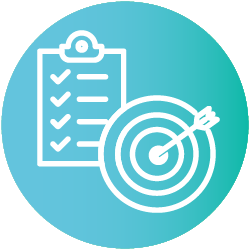
Any good structured learning programme starts with a thorough needs assessment. At this stage you should use surveys, reviews and feedback to establish the knowledge and skills gaps within your organisation.
By contrasting this data with your organisational goals, you should be able to pinpoint major shortcomings and areas where you can make an impact. After some reflection, you should have a clear set of objectives for your coaching programme.
Step 2: Build Your Coaching Plan
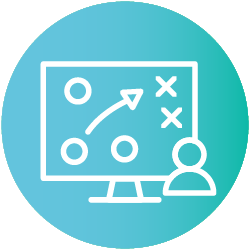
It’s time to build your coaching framework. A coaching plan is a structured roadmap that outlines the process you will take to get from where you are now, to where you’re going.
With an overarching objective in place and a clear sense of purpose, that final destination should be clear. Just take care to align your plan with your organisation’s mission, values and long-term vision. You’ll want to consider the following questions:
- How long will your coaching programme run for?
- How often will your coaches and employees meet?
- Who will run these coaching sessions?
- What coaching methods and techniques will be used?
- What risks and obstacles should you be aware of?
- How will programme participants communicate?
- How will you track and monitor progress?
- What are your key performance indicators (KPIs)?
- And what further resources will be made available to participants?
At this stage, you should also customise your coaching objectives based on individual needs and departmental requirements. After all, a leadership coaching programme will be markedly different to a sales coaching programme.
Step 3: Create Anticipation
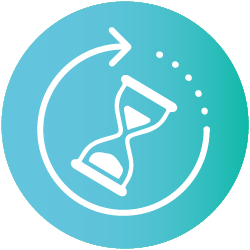
Capturing attention is the first step to making an impact. So, let’s put our marketing hats on and get the word out. Prepare promotional materials that highlight the benefits of your coaching programme and build excitement.
Take care to showcase how your coaching programme will help your target audience to grow and succeed. Providing an overview of the process can also help to foster a positive and participative mindset among your employees.
Step 4: Launch Your Coaching Programme
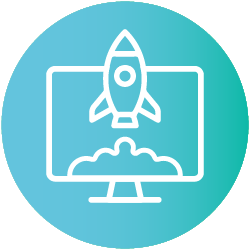
With this groundwork in place, now you’re ready to press the big green button. We recommend organising a formal launch event to kickstart your coaching programme. This gives you an opportunity to introduce your coaches and participants.
You’ll also be able to answer any questions, clarify your objectives and set clear expectations. As a result, both coaches and coachees will come away fired up and ready to deliver business impact.
Step 5: Provide Guidance & Rewards

Once you’ve initiated your programme, you’ll need to maintain momentum. To do this, provide ongoing guidance, constructive feedback and support to your coaches. And don’t forget to supplement the learning experience with additional resources where relevant.
You should also consider introducing a reward system to recognise and celebrate achievements. Game mechanics are a powerful way to motivate your learners and spur them on to reach coaching milestones.
Step 6: Measure Programme Impact
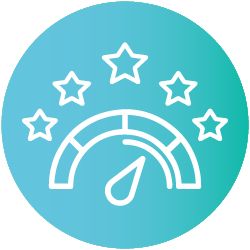
Phew! With all that hard work out of the way, it’s time to evaluate the impact of your coaching programme. To do this, you’ll need to collect and analyse both qualitative and quantitative data.
Gather feedback from both coaches and coachees. This should help you to identify strengths and opportunities for improvement. You’ll also need to keep a watchful eye on your KPIs and progress towards established goals.
With this information at hand, you’ll be ready to optimise your approach and produce even better outcomes in the future. And don’t forget to seize this moment. At this stage, you should acknowledge your top performers and showcase your programme’s success.
How to Enhance Your Coaching Programme with Learning Technology
As you can see, designing and implementing an effective coaching programme is a complex undertaking. It takes meticulous planning, coordination and dedication to pull off. You’re also likely to face a variety of roadblocks and challenges along the way.
Thankfully, harnessing learning technologies helps to alleviate logistical hurdles and improve your approach. With this in mind, here are five ways that solutions like learning management systems (LMSs) and learning apps can support your coaching programmes.
- Collaboration Tools: Bring your participants together using the collaboration tools found within your learning platform. For instance, discussion forums, live chat and polls provide a great opportunity for coaches and coachees to interact. These social learning experiences will also be visible for other learners to benefit from.
- Virtual Sessions: Video conferencing tools enable live coaching sessions with features like real-time video, chat and screen sharing. This means that participants no longer need to be in the same geographical location. Many of these conferencing tools can integrate directly with your LMS, facilitating centralised administration.
- Further Resources: Use interactive eLearning modules, high-impact videos and other digital resources to support your coaches and build your learners’ knowledge. This content should supplement the learning experience offered by your coaches. It also enables participants to revisit key concepts as needed.
- Learning Data: Learning platforms come locked and loaded with reporting tools that offer insights into both engagement levels and performance. This learner data is highly valuable. You can use it to assess the success of your coaching programme and identify areas for improvement.
- Game Mechanics: Maintaining engagement is a challenge for both training and coaching programmes. Gamification can help you to win the battle for hearts and minds. For instance, why not use Badges and Experience Points to reward both your coaches and your coachees for their participation?
Introducing The Virtual Coach
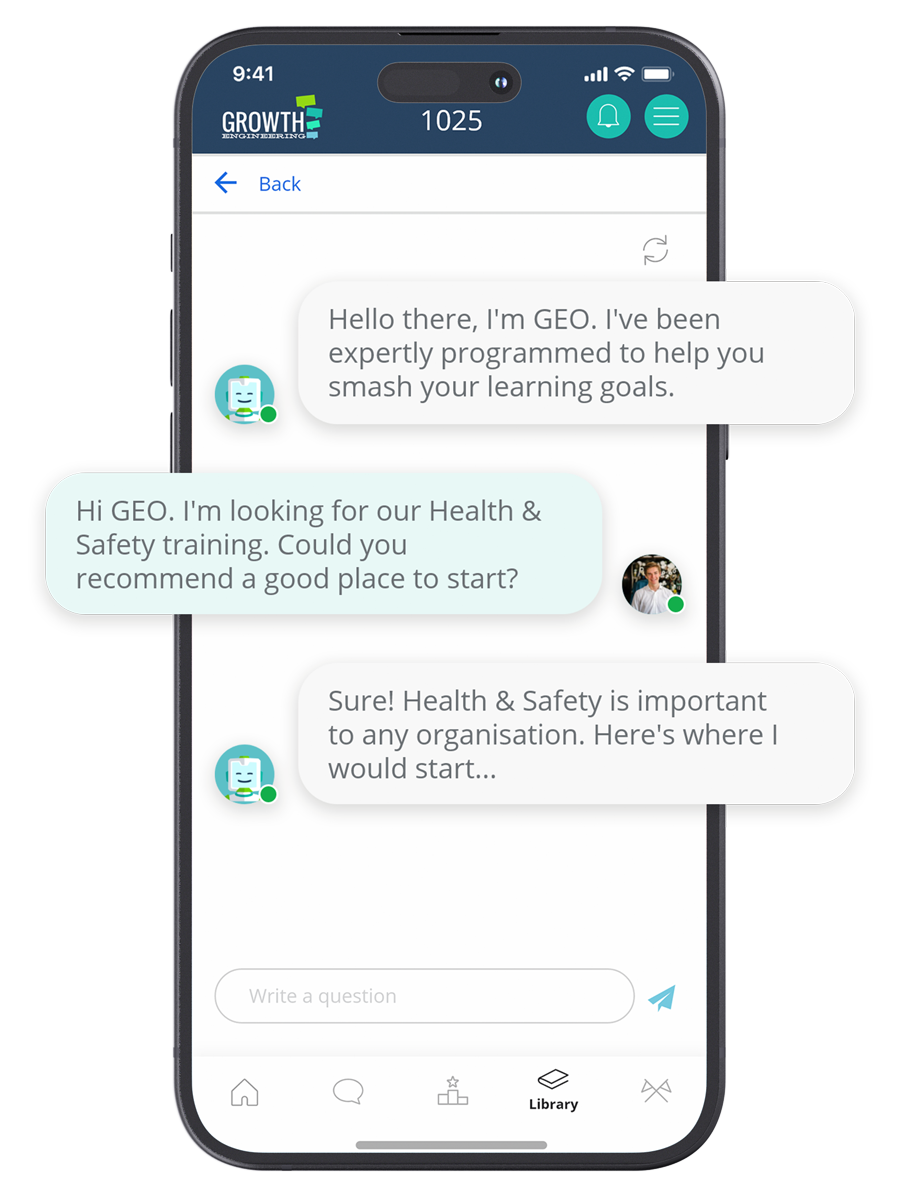
Clearly, learning technology serves as a powerful catalyst for elevating coaching programmes. However, there’s a groundbreaking type of technology that we’ve yet to unveil. In fact, it’s so revolutionary that it warrants a dedicated section in this article.
Whilst coaching is effective, it’s also expensive. But what if each of your learners had access to their own digital Yoda — a knowledgeable guide dedicated solely to their development. You’d unlock personalised learning experiences at an all new scale.
This is the promise of AI-powered virtual coaches. These are digital chatbots that use artificial intelligence to provide personalised guidance and support to your learners. They use machine learning algorithms to understand your learners’ needs and offer tailored assistance.
These coaches are always available. They’re ready to help during a commute, on a lunch break or even at 3am in the morning. They can support your learners in understanding their strengths and weaknesses, setting goals and finding learning resources. What’s not to love?
Growth Engineering LMS currently offers an AI-powered assistant who’s ready to bolster your learners’ endeavours. However, we’re also hard at work on something even more exciting. Watch this space.
Final Words
As a learning professional, you chart the course for organisational growth. As we’ve discovered, there’s more than one route to your destination. Employee coaching is an excellent way to supplement your traditional training programmes.
This uniquely personalised approach is remarkably effective. And with our step-by-step guide, you’ll be up and running in no time.
What’s more, marrying your coaching programme with cutting-edge learning technology and AI-powered innovations will help you to usher in a new era of development within your organisation. The potential for future advancements is boundless.
Whatever happens, we’ll be here to coach you through the changes. Success awaits!
Thank you for reading. Creating a coaching programme is just part of a good L&D strategy. For the full breakdown, please download ‘The L&D Professional’s Handbook’. It contains 165 tips designed to help you thrive.

